Magic Pen
NZ$99.95
Approx USD$59.78

Each
Time we do a newsletter on Acupuncture many
clients ask "is it easy
to use?", The answer is YES with the
modern forms of needleless electronic Acupuncture,now
With todays Electronic Acupuncter systems its very simple,and mostly very efective...
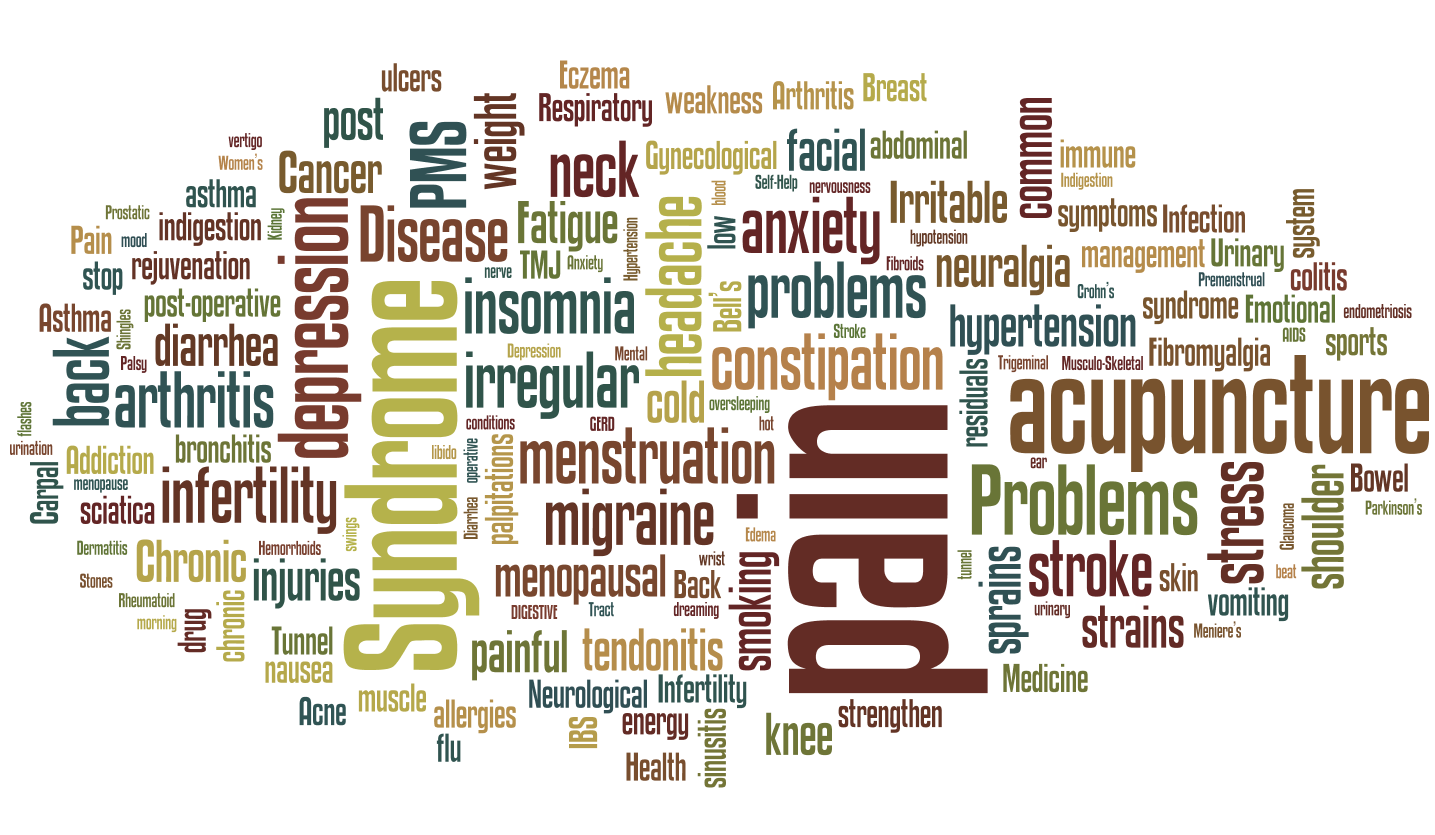
Long before HMO’s, family practice
and medical malpractice insurance ever entered the stage,
acupuncture was already an ancient art. It’s been
around for millennia, but unlike passing medical “fads”,
acupuncture is here to stay.
As a matter of fact, acupuncture – along with many other forms
of alternative medicine – is back in full force. What was once
a sacred study, centralized in Asian countries has now stormed across
the entire planet, penetrating into even the most “traditional” Mid-Western
communities.

Now Acupuncture is taught and practiced all over the
world in many countries and each country uses their own
individual style and technique. Germany has its own style
and technique as does Japan, Korea, Australia, France,
Russia and Italy. Besides these countries already mentioned,
there are still many others that use their own acupuncture
techniques. But it should be said that most of these
different and varied styles of acupuncture were derived
from the Traditional Chinese Medicine health care system
and then modified to some degree.
Which
Diseases Can be Helped by Acupuncture?
How
do you treat Shao Yang type headaches?
ndldoc1 Shao yang type headaches for those new
to the term are related to the organ of the gall
bladder and we see them in the more hard driven
type. We use liver and gall bladder points including
distal points in the leg gb 39, 40 liver points
such as 3,4 and local points around the neck
such as gb 21 20.
Liver |
EASY
SELF TREATMENT CHART
Acupuncture as a sole treatment method became very popular, especially
during the early 1970's when then President Nixon opened the doors
to China. Many of his representatives were in awe when they toured
different Chinese hospitals and observed first hand the wondrous results
of acupuncture and oriental medicine techniques. By the middle and
late 1970's, acupuncture was being taught in oriental medicine universities
in the United States and about the same time, different healing professions
began teaching brief instruction courses on the subject.

A Simple, Easy-to-Understand
Explanation of Acupuncture
Dynamic
Chiropractic, Oct 26, 2006 by Amaro, John
One particular request I hear more often than anything
else is for help in explaining what acupuncture is and
how it works. As one reader put it, "[I find] myself
sometimes tongue tied when I'm asked to describe how
acupuncture works. I hear myself and I sound like I'm
spouting mumbo jumbo."

Bear in mind that our typical patient is a contemporary
Western patient who has grown up under the guidance and
care of allopathic physicians - receiving myriad vaccinations,
a history of taking a variety of prescription and over-the-counter
medications - and who is now developing an interest in
complementary and alternative medicine (CAM). Acupuncture
and TCM are totally new to them, and even though they
have heard positive remarks as to its clinical success
and see it as the possibility of redemption of their
problem, it remains controversial and, if anything, just "weird." Though
they don't question their medical practitioner regarding
how a specific medication works physiologically and pharmacologically,
this is not the case with acupuncture; almost everyone
wants to know exactly how it works.

So, what is acupuncture and how does it work? These
are two of the paramount questions people ask. Of course,
the other significant questions are, Can it help me?
How long will it take? Since every case is different
in terms of length of treatment, and the possibility
of helping varies according to the extent of the condition,
the only thing that might be answered generically is, "What
is acupuncture?"
The One Acupuncture Point
Everyone Should Know?
A doctor uses acupuncture to treat a patient. body.
Balance within the body depends on the interplay
between two forms of energy, called yin and yang.
When these forces are in harmony, the body is healthy.
When either force becomes dominant, disease or
pain occurs. Acupuncture restores the balance between
yin and yang by tapping into the body's channels,
or meridians, through which these energy forms
flow. |
What about the acupuncture meridians themselves?
Bear in mind that most have never heard of such
an unusual concept. We are basically knowledgeable about
nerves, blood vessels, muscles, etc., as one can visualize
and actually demonstrate hard evidence of their existence.
Suddenly, we are presented with a concept of invisible meridians that
carry invisible qi energy. May have never encountered anything
so mystical regarding the human body; suddenly, we're are
being asked to accept with blind faith a concept that goes
beyond their general understanding of anatomy and physiology.
When I explain the meridian system
of the body,

CHART
He shows people a graphic of a meridian;
for example, the Foot Shao Yang (Gallbladder) meridian
.He explains to them that even though the ancients
recognized and discovered the meridian system thousands
of years ago, science today is recognizing the electromagnetic
potential of the body, which is what the meridian
system is based on.
Today we have electrical muscle exams (EMGs), magnetic resonance
imaging (MRI) and other tests based on the body's basic biomagnetic
system. Science and the medical profession have accepted the existence
of the meridian system as an integral part of human functioning;
it controls and coordinates the electromagnetic system of the body,
which might control all other systems of the body. |
 |
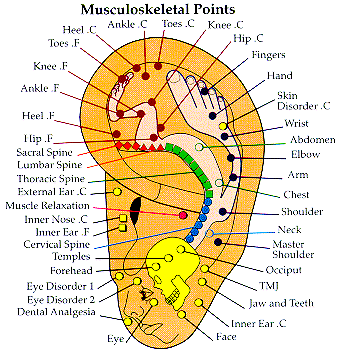
He continues to explain that the meridian system is
very similar to radio, in that radio waves likewise cannot
be seen by the human eye, but we all understand they
do exist. Meridian acupuncture compares to radio in that
if a city has 12 radio stations, much like our 12 meridians,
it is imperative that each specific station broadcast
at its individual frequency. In other words, if a station
is operating at 94.5 on the dial, it comes in loud and
clear; however if it comes in at 94.4 or 94.6 the radio
broadcast is only static. There is nothing wrong with
the radio; the fine tuning is out of adjustment. A simple
adjustment to the radio will bring it into full normalcy.
Two very different theories
exist as to how acupuncture works. According
to Chinese philosophy,
the body
contains two opposing forces: yin and yang. When
these forces are in balance, the body is healthy.
Energy, called "qi" (pronounced "chee"),
flows like rivers along pathways, or meridians,
throughout the body. This constant flow of energy
keeps the
yin and yang balanced. However, the flow of energy
can sometimes be blocked, like water getting stuck
behind a dam. A disruption in the flow of energy
can lead to illness. |
EASY
SELF TREATMENT CHART
Acupuncture deals with homeostasis or the body's ability
to maintain balance. The person who is out of balance
electromagnetically becomes ill and expresses specific
symptoms. This explanation is simple to understand and
best of all, simple to remember . Hopefully this allows
us to have a much better understanding of electromagnetic
balance and what might occur when each meridian becomes
challenged.
The One Acupuncture Point Everyone Should
Know
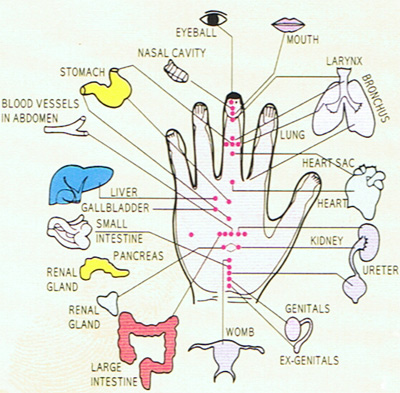
Which
PDF
Files for a basic Understanding
PETS
What conditions are most often treated with acupuncture?
In veterinary medicine, there is evidence of the success of acupuncture for
treating disorders of the reproductive, musculoskeletal, neurologic, pulmonary,
gastrointestinal and dermatologic systems. The most common conditions that
are treated include traumatic nerve injuries, intervertebral disk disease,
degenerative myelopathy, epilepsy and other central nervous system disorders;
asthma, allergic dermatitis, lick granulomas; and chronic pain such as that
caused by degenerative joint disease.
Acupuncture can be used in
conjunction with general anesthesia,
allowing decreased doses of drugs
such as analgesics. Any condition
may potentially benefit from
acupuncture
The use of acupuncture
for treating illnesses and relieving
pain dates back thousands of
years in China. Continuous refining
of the process and monitoring
the effects of the classic acupuncture
which uses needles was obviously
on of the reasons that this kind
of "alternative" became
accepted by western health professionals.
Scientific evidence for the mechanism of action is extensive.
Electro acupuncture was developed many years ago and is being used successfully
worldwide.
The
following is an excerpt from
an official
WHO
document entitled “Acupuncture:
Review and Analysis of Reports
on Controlled Clinical Trials.” Compiled
by John A.
Amaro D.C., FIAMA, Dipl.Ac, L.Ac.
Email: DrAmaro@IAMA.edu
Diseases and disorders
that have beeen treated with
acupuncture
The diseases or disorders for
which acupuncture therapy has
been tested in controlled clinical
trials
reported in the recent literature
can be classified into four categories
as shown below.
Diseases, symptoms or conditions
for which acupuncture has been
proved—through
controlled trials—to be
an effective treatment:
 Adverse
reactions to radiotherapy and/or
chemotherapy
Adverse
reactions to radiotherapy and/or
chemotherapy
 Allergic rhinitis (including
hay fever)
Allergic rhinitis (including
hay fever)
 Biliary colic
Biliary colic
 Depression (including depressive
neurosis and depression following
stroke)
Depression (including depressive
neurosis and depression following
stroke)
 Dysentery, acute bacillary
Dysentery, acute bacillary
 Dysmenorrhoea, primary
Dysmenorrhoea, primary
 Epigastralgia, acute (in peptic
ulcer, acute and chronic gastritis,
and gastrospasm)
Epigastralgia, acute (in peptic
ulcer, acute and chronic gastritis,
and gastrospasm)
 Facial pain (including craniomandibular
disorders)
Facial pain (including craniomandibular
disorders)
 Headache
Headache
 Hypertension, essential
Hypertension, essential
 Hypotension, primary
Hypotension, primary
 Induction of labour
Induction of labour
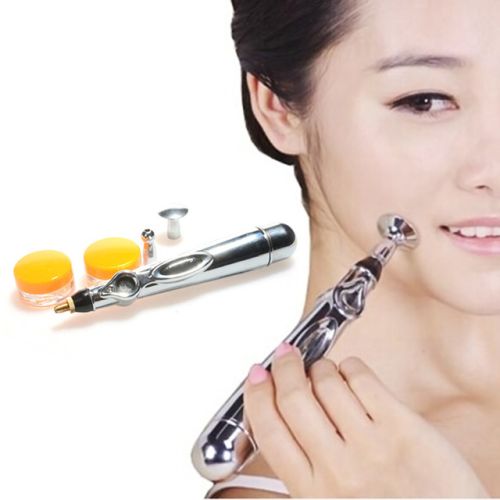
Easy to use
 Knee
pain
Knee
pain
 Leukopenia
Leukopenia
 Low
back pain
Low
back pain
 Malposition
of fetus, correction of
Malposition
of fetus, correction of
 Morning
sickness
Morning
sickness
 Nausea
and vomiting
Nausea
and vomiting
 Neck
pain
Neck
pain
 Pain
in dentistry (including dental pain and temporomandibular
dysfunction)
Pain
in dentistry (including dental pain and temporomandibular
dysfunction)
 Periarthritis
of shoulder
Periarthritis
of shoulder
 Postoperative
pain
Postoperative
pain
 Renal
colic
Renal
colic
 Rheumatoid
arthritis
Rheumatoid
arthritis
 Sciatica
Sciatica
 Sprain
Sprain
 Stroke
Stroke
 Tennis
elbow
Tennis
elbow
Diseases, symptoms
or conditions for which the therapeutic
effect
of acupuncture
has been shown
Abdominal pain (in acute gastroenteritis
or due to gastrointestinal spasm)
 Acne vulgaris
Acne vulgaris
 Alcohol dependence and detoxification
Alcohol dependence and detoxification
 Bell’s
palsy
Bell’s
palsy
 Bronchial asthma
Bronchial asthma
 Cancer pain
Cancer pain
 Cardiac neurosis
Cardiac neurosis
 Cholecystitis, chronic, with
acute exacerbation
Cholecystitis, chronic, with
acute exacerbation
 Cholelithiasis
Cholelithiasis
 Competition stress syndrome
Competition stress syndrome
 Craniocerebral injury, closed
Craniocerebral injury, closed
 Diabetes mellitus, non-insulin-dependent
Diabetes mellitus, non-insulin-dependent
 Earache
Earache
 Epidemic haemorrhagic fever
Epidemic haemorrhagic fever
 Epistaxis, simple (without generalized
or local disease)
Epistaxis, simple (without generalized
or local disease)
 Eye pain due to subconjunctival
injection
Eye pain due to subconjunctival
injection
 Female
infertility
Female
infertility
 Facial
spasm
Facial
spasm
 Female
urethral syndrome
Female
urethral syndrome
 Fibromyalgia
and fasciitis
Fibromyalgia
and fasciitis
 Gastrokinetic
disturbance
Gastrokinetic
disturbance
 Gouty
arthritis
Gouty
arthritis
 Hepatitis
B virus carrier status
Hepatitis
B virus carrier status
 Herpes
zoster (human (alpha) herpesvirus 3)
Herpes
zoster (human (alpha) herpesvirus 3)
 Hyperlipaemia
Hyperlipaemia
 Hypo-ovarianism
Hypo-ovarianism
 Insomnia
Insomnia
 Labour
pain
Labour
pain

 Lactation,
deficiency
Lactation,
deficiency
 Male
sexual dysfunction, non-organic
Male
sexual dysfunction, non-organic
 Ménière
disease
Ménière
disease
 Neuralgia,
post-herpetic
Neuralgia,
post-herpetic
 Neurodermatitis
Neurodermatitis
 Obesity
Obesity
 Opium,
cocaine and heroin dependence
Opium,
cocaine and heroin dependence
 Osteoarthritis
Osteoarthritis
 Pain
due to endoscopic examination
Pain
due to endoscopic examination
 Pain
in thromboangiitis obliterans
Pain
in thromboangiitis obliterans
 Polycystic
ovary syndrome (Stein–Leventhal
syndrome)
Polycystic
ovary syndrome (Stein–Leventhal
syndrome)
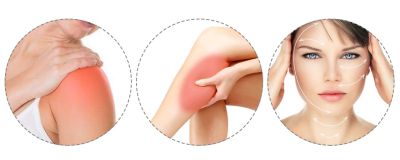
 Postextubation
in children
Postextubation
in children
 Postoperative
convalescence
Postoperative
convalescence
 Premenstrual
syndrome
Premenstrual
syndrome
 Prostatitis,
chronic
Prostatitis,
chronic
 Pruritus
Pruritus
 Radicular
and pseudoradicular pain syndrome
Radicular
and pseudoradicular pain syndrome
 Raynaud
syndrome, primary
Raynaud
syndrome, primary
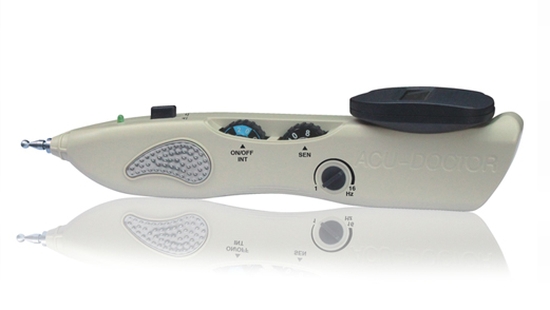
 Recurrent
lower urinary-tract infection
Recurrent
lower urinary-tract infection
 Reflex
sympathetic dystrophy
Reflex
sympathetic dystrophy
 Retention
of urine, traumatic
Retention
of urine, traumatic
 Schizophrenia
Schizophrenia
 Sialism,
drug-induced
Sialism,
drug-induced
 Sjögren
syndrome
Sjögren
syndrome
 Sore
throat (including tonsillitis)
Sore
throat (including tonsillitis)
 Spine
pain, acute
Spine
pain, acute
 Stiff
neck
Stiff
neck
 Temporomandibular
joint dysfunction
Temporomandibular
joint dysfunction
 Tietze
syndrome
Tietze
syndrome
 Tobacco
dependence
Tobacco
dependence
 Tourette
syndrome
Tourette
syndrome
 Ulcerative
colitis, chronic
Ulcerative
colitis, chronic
 Urolithiasis
Urolithiasis
 Vascular
dementia
Vascular
dementia
 Whooping
cough (pertussis)
Whooping
cough (pertussis)
Diseases, symptoms
or conditions for which there
are only individual
controlled trials
reporting some therapeutic effects,
but for which acupuncture is
worth trying
because treatment by conventional
and other therapies is difficult:
 Chloasma
Chloasma
 Choroidopathy, central serous
Choroidopathy, central serous
 Colour blindness
Colour blindness
 Deafness
Deafness
 Hypophrenia
Hypophrenia
 Irritable colon syndrome
Irritable colon syndrome
 Neuropathic bladder in spinal
cord injury
Neuropathic bladder in spinal
cord injury
 Pulmonary heart disease, chronic
Pulmonary heart disease, chronic
 Small airway obstruction
Small airway obstruction
Diseases, symptoms
or conditions for which acupuncture
may be
tried provided the
practitioner has special modern
medical knowledge and adequate
monitoring equipment:
 Breathlessness in chronic obstructive
pulmonary disease
Breathlessness in chronic obstructive
pulmonary disease
 Coma
Coma
 Convulsions in infants
Convulsions in infants
 Coronary heart disease (angina
pectoris)
Coronary heart disease (angina
pectoris)
 Diarrhoea in infants and young
children
Diarrhoea in infants and young
children
 Encephalitis, viral, in children,
late stage
Encephalitis, viral, in children,
late stage
 Paralysis, progressive bulbar
and pseudobulbar
Paralysis, progressive bulbar
and pseudobulbar
Source
The One Acupuncture Point
Everyone Should Know?
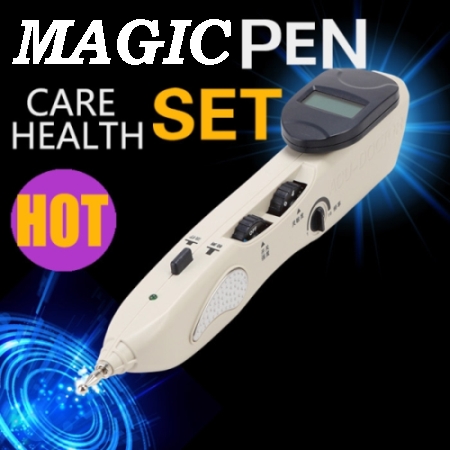 |
Latest Magic Acupuncture Pen
|
 |
2x
Magic Acupuncture Pen
Two units
|
Acupuncture
Tools
Electronic
Meridian Acupuncture Energy Pen
with 5 Acupuncture
heads
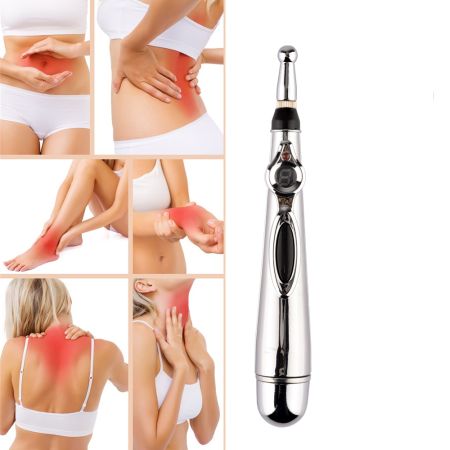
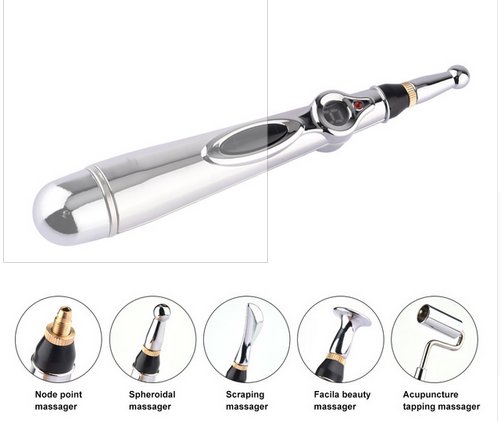 |
Functions of 5 massage heads:
Traditional Acupuncture: partial therapy, which is
applicable for quickly alleviationg pain
Node point massage: Node therapy, which is applicable
for partial body pains.
Facial Beauty: Superficail therapy, which is applicable
for health care and facial beautification.
Scapping massage: Scapping therapy, which is applicable
for acupuncture and blood circulation.
Tapping massage: Full body therapy, which is applicable
for tapping and rolling message to relief the pain.
For more information on the Meridian Energy Pen Click Here
Package Included:
1 x Meridian Energy Pen
5 x Massage head
1 x User Manual
|




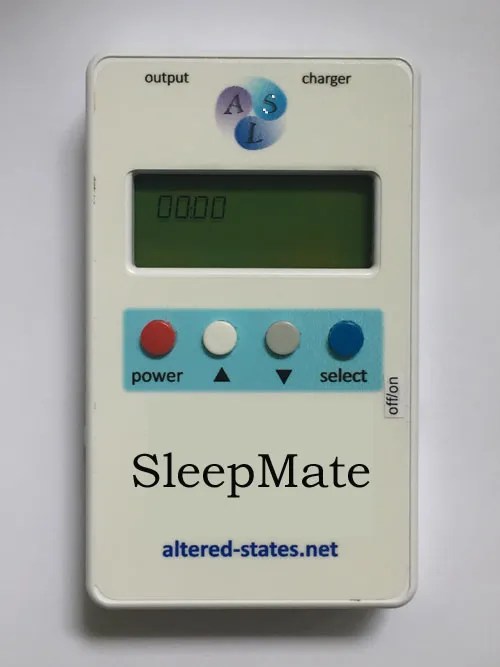














.jpg)
.jpg)
.jpg)
.jpg)
.jpg)
.jpg)
.jpg)
.jpg)
.jpg)
.jpg)
.jpg)
.jpg)
.jpg)
.jpg)
.jpg)


